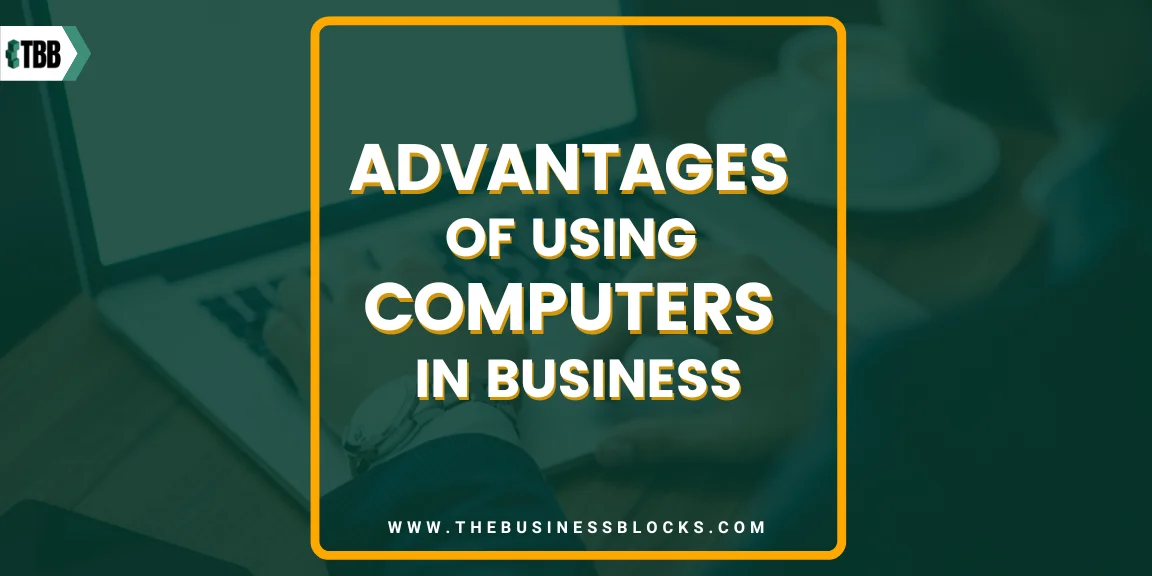2024 is a year brimming with opportunities and innovations, waiting for the right people to take charge and start a business. But, beginning a business adventure might be challenging for many, even though it’s inspiring.
That’s why we focus on the steps you need to start your business on the right foot.
Step 1: Market Research and Identifying Your Niche
Before you even begin your adventure of starting a new business in 2024, you need to know the waters you’re diving into.
It involves systematically gathering, analyzing, and interpreting data about your potential market, including customers and competitors.
Key aspects include:
- Who are the potential customers?
- What’s trending?
- What’s the competition up to?
After defining and answering some of the questions, you can move on to the more exciting part: finding your niche.
Start by exploring your hobbies and passions to determine if what you love doing might be a great idea for starting a business. Then, look for the gaps in the market and if you can offer something different. Lastly, talk to your potential customers and get feedback on your ideas.
Step 2: Crafting a Robust Business Plan
Now that you have dived deep into market research, it’s time to be the architect of your dreams. This step involves building the business plan to be your success roadmap.
Key Elements of a Business Plan
The business plan is a reflection of your vision and strategy. As such, this important document should have a few key elements that will guide your business:
- Executive summary: Keep it crisp and engaging, and ensure it captures the essence of your business.
- Business Description: Here’s where you dive into what your business does, the problems it solves, and who it serves.
- Market analysis: Detail your target market, industry insights, and your place in the ecosystem.
- Organization and management: This section outlines your business’s legal structure and management hierarchy.
- Products or services: What are you selling or offering?
- Marketing and sales strategy: How will you attract and retain customers?
- Financial projections: Include projected income statements, balance sheets, and cash flow statements for the next few years.
Step 3: Securing Funding and Budget Management
The next step on your journey is funding and budget management.
Some entrepreneurs start with bootstrapping, funding their dreams out of their pockets, which is a great way to maintain control but comes with risks. Others turn to friends and family, a common first step, with statistics showing that over 38% of startups get initial funding this way.
Then, there’s the option of angel investors and venture capitalists. This route can bring significant funding and expertise but usually requires parting with a share of your business. And let’s mention traditional bank loans, government grants, or even the modern crowdfunding route, each with its advantages and challenges.
Step 4: Choosing a Catchy and Relevant Business Name

Think of naming your business as both an art and a science.
Your chosen name should be memorable, striking a chord with your audience the moment they hear it. It’s about finding something that’s not just catchy but also meaningful and reflective of what your business stands for.
If you need more help, tools like Step by Step’s Business Name Generator can be your creative ally. Imagine inputting a few keywords related to your business and getting a list of name ideas in return. It’s like a brainstorming session at the click of a button.
Once you have a name that resonates with you, it’s time for some due diligence. You need to ensure that your chosen name isn’t already in use or trademarked, steering clear of any potential legal issues. Once you have checked brand name availability general, if your business plans to operate in Canada, it’s also vital to check the Canadian trademark database to avoid any conflicts with businesses north of the border. This can be a critical step for companies looking to expand or start in Canada, ensuring your chosen name is safe to use across North America. Also, in our digital-first world, checking the availability of the domain name to match your business name is equally crucial.
Step 5: Legalities and Registration
This step is where your business transitions from a concept to a legal entity.
It involves a few key processes:
Choosing Your Business Structure
You need to decide the type of business structure that suits your venture. Are you going solo with a sole proprietorship, teaming up in a partnership, or aiming to start a corporation or a limited liability company (LLC)?
Registering Your Business
Once you’ve picked a structure, it’s time to make things official with business registration. This might involve registering your business name (if you haven’t already), obtaining a federal tax ID, and possibly registering for state and local taxes. Additionally, completing the company registration process can often be a straightforward task, particularly with the availability of online platforms and streamlined procedures aimed at simplifying the bureaucratic steps involved.
Licenses and Permits
Depending on the nature of your business, you might need specific licenses and permits.
Step 6: Building Your Brand and Online Presence
Building your brand and establishing a strong online presence is like throwing a housewarming party – it’s your chance to introduce your business to the world and make a lasting impression.
Think of your brand as the personality of your business. It’s what makes your company uniquely you. In addition, your logo, color scheme, and overall design aesthetics are the visual representations of your brand, so make them count.
Having an online presence is non-negotiable. So, you need a professional website, social media channels, and constant content creation for your audience.
Step 7: Launching Your Business
The last step! Launching a business is more than just opening your doors (virtual or physical) to customers. It’s about creating a buzz, making sure people know who you are, what you offer, and why they should be excited.
Here’s how to gear up for a successful launch:
Build Anticipation
Use your online presence to tease the launch. Give sneak peeks, count down days, and even offer special deals for early customers.
Get Your Logistics Sorted
Ensure your supply chain, payment systems, customer service, and all other operational aspects run smoothly.
Test Everything
Ensure your website can handle traffic, your ordering system works flawlessly, and any physical premises are customer-ready.













